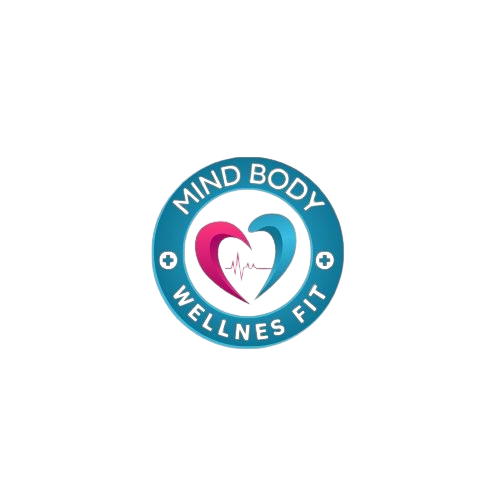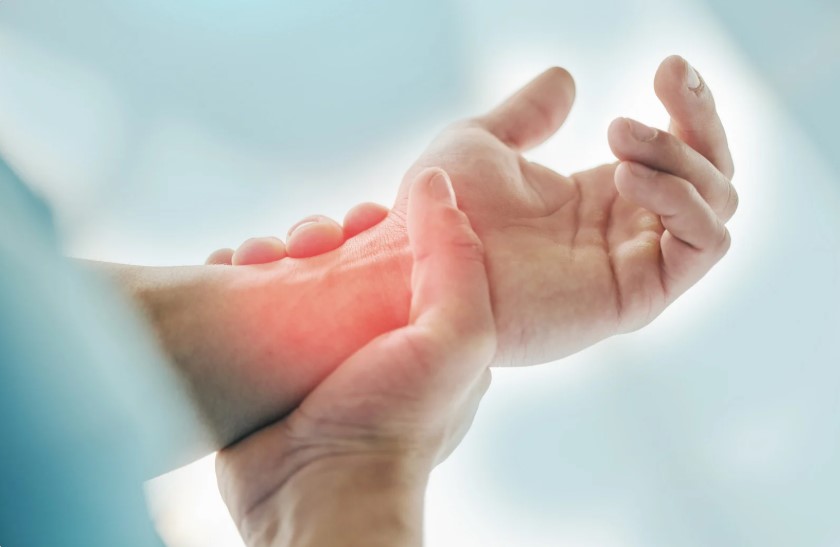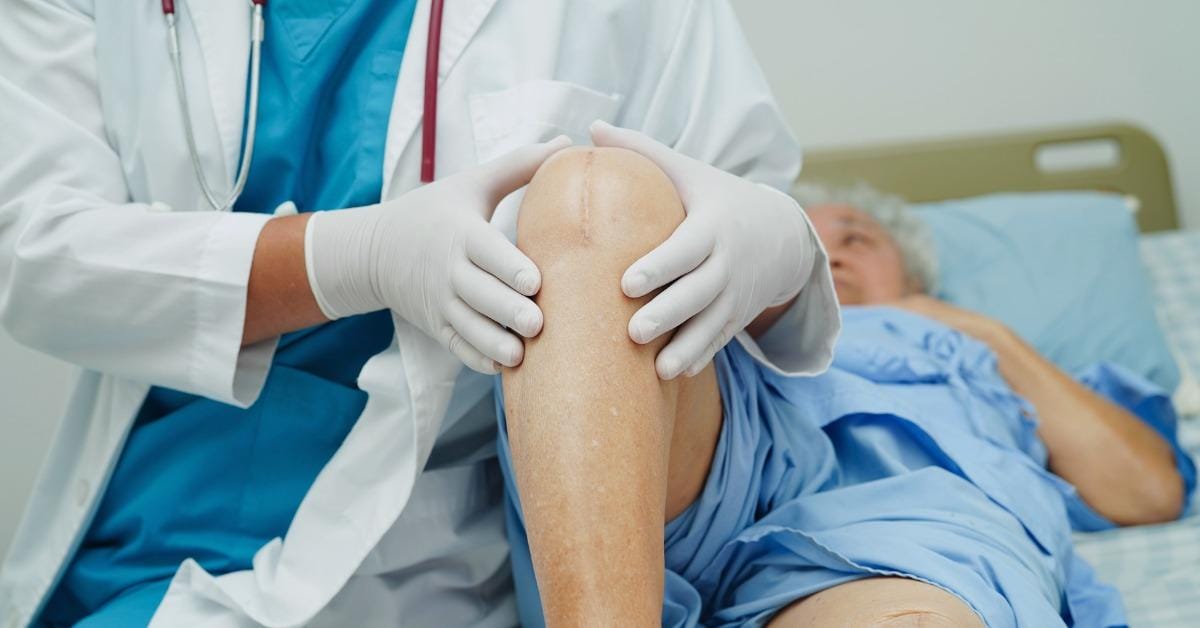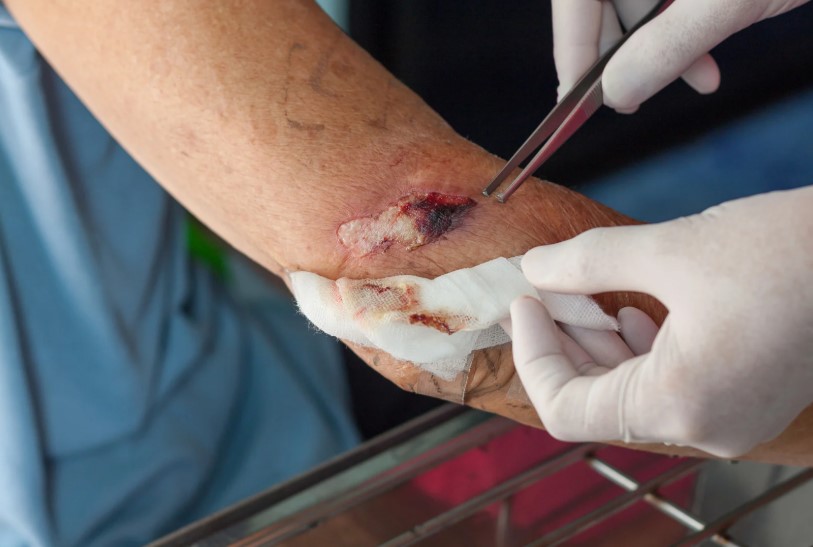Arthritis is one of the leading causes of joint pain and reduced mobility, affecting people of all ages but especially common among adults over 40. Symptoms often begin subtly—morning stiffness that takes time to ease, fatigue that lingers, swelling that limits movement—and gradually interfere with daily life. For many, the discomfort worsens after periods of inactivity, such as sitting at a desk or sleeping through the night, making mornings especially challenging.
At Osteopractic Physical Therapy of Indiana (OPTCI) in Fishers, patients receive comprehensive care designed to address these symptoms early and effectively. Arthritis Treatment Fishers focuses on restoring function, improving quality of life, and helping patients remain active without relying solely on medications or surgery.
Understanding Arthritis and Its Impact
Arthritis is not a single condition but a broad term covering more than 100 disorders affecting the joints and surrounding tissues. Two of the most common forms are osteoarthritis (OA) and rheumatoid arthritis (RA), each with distinct causes and progression patterns.
Osteoarthritis (OA): Osteoarthritis is the most common type, often developing after a sudden joint injury or due to gradual wear over time. Even when an injury appears to heal fully, it can set the stage for future cartilage breakdown. In the United States, up to 37% of adults aged 45 to 60 experience knee OA, and hip and knee cases rank among the top global causes of disability linked to chronic pain.
The condition is marked by degeneration of articular cartilage, the formation of bony spurs (osteophytes), microscopic fractures, thickening of the underlying bone plate, and exposure of the bone ends. Diagnosis of knee OA often follows the American College of Rheumatology clinical criteria, which is highly accurate with 89% sensitivity and 88% specificity. Because OA affects major weight-bearing joints, daily activities like walking, climbing stairs, gardening, or even getting in and out of a car become challenging.
Rheumatoid Arthritis (RA): Rheumatoid arthritis is an autoimmune condition that causes the immune system to mistakenly attack joint tissues. It can affect not just joints but also other body systems such as the cardiovascular or respiratory systems. RA most often impacts the hands, wrists, shoulders, elbows, knees, ankles, and feet.
Symptoms include inflammation, tenderness, reduced joint range of motion, fatigue, and swelling. Stiffness tends to worsen after long periods of inactivity, and pain can intensify with movement. RA may cause popping or clicking sounds in the joints, making self-care, work tasks, and leisure activities more difficult.
Why Many People Delay Treatment
Research by Scopaz et al. (2009) highlights that patients with osteoarthritis vary widely in their ability to cope with pain—some manage fairly well, while others find it extremely difficult. Unfortunately, many individuals live with painful joints far longer than necessary before seeking professional help. This delay often stems from believing symptoms are a normal part of aging or fearing the need for surgery. Early intervention through Arthritis Treatment Fishers can slow disease progression, reduce discomfort, and maintain independence.
How OPTCI Approaches Arthritis Treatment in Fishers
OPTCI takes a personalized, evidence-based approach to arthritis care. Every patient undergoes a detailed assessment to identify the root cause of pain, functional limitations, and lifestyle factors that influence recovery. Instead of defaulting to medications, injections, or surgery, Arthritis Treatment Fishers prioritizes conservative, hands-on methods that restore joint health and improve overall movement patterns.
The clinic’s patient-first philosophy ensures that treatment plans are tailored to each individual, addressing not just symptoms but the daily challenges that come with arthritis.
Key Treatment Methods at OPTCI
Manual Therapy (MT): Manual therapy techniques target stiff and painful joints, improve mobility, and enhance function. These hands-on methods help restore normal joint motion, reduce muscle tension, and improve circulation to affected areas.
Electrical Dry Needling: This treatment involves inserting fine needles into specific muscle trigger points, combined with gentle electrical stimulation. The technique helps decrease pain, activate weak muscles, and promote healing in surrounding tissues.
Targeted Exercise Programs: Customized exercise plans focus on strengthening muscles that support joints, increasing flexibility, and improving stability. These programs are designed for long-term benefits and can be adapted for home use, ensuring continued progress outside the clinic.
Lifestyle and Self-Management Education: Patients learn practical ways to protect their joints, correct posture, and make adjustments to daily activities. Education empowers patients to manage symptoms independently and maintain an active lifestyle.
Evidence-Based Success
The effectiveness of OPTCI’s approach is supported by research. A study by Dr. James Dunning (2018) found that electrical dry needling and manual therapy, whether used separately or in combination, are moderately effective for knee OA, leading to reduced pain, stiffness, and disability. By integrating these proven techniques with individualized exercise plans, Arthritis Treatment Fishers provides patients with measurable improvements in function and comfort.
Benefits of Early Physical Therapy Intervention
Seeking treatment early offers multiple advantages:
- Slows joint damage by addressing mechanical stress and improving movement patterns.
- Enhances mobility so patients can continue enjoying favorite activities.
- Improves sleep by reducing night pain.
- Reduces fatigue linked to chronic inflammation and discomfort.
- Supports mental health through decreased pain and increased independence.
Self-Care Tips for Managing Arthritis
Patients can complement professional care with daily habits that support joint health:
- Gentle daily movement such as walking, stretching, or low-impact exercise to maintain flexibility.
- Weight management to ease pressure on weight-bearing joints.
- Ergonomic adjustments at home and work to reduce strain.
- Consistent home exercise to build strength and prevent stiffness.
Why Choose OPTCI for Arthritis Treatment Fishers
OPTCI offers advanced manual therapy techniques, targeted exercise programs, and innovative treatments like electrical dry needling. Each patient benefits from one-on-one attention and a care plan designed for their specific needs. The clinic’s commitment to patient education ensures that progress continues long after formal therapy ends. Choosing Arthritis Treatment Fishers at OPTCI means working with a team dedicated to helping you move better, feel better, and live better.
Takeaway
Joint pain doesn’t have to dictate your life. Addressing arthritis early with a personalized program can help you stay active, avoid unnecessary procedures, and enjoy greater independence. Schedule your assessment with OPTCI today to begin your journey toward lasting relief through Arthritis Treatment Fishers.
FAQ — Arthritis Treatment Fishers
Q1: What is the difference between osteoarthritis and rheumatoid arthritis?
Osteoarthritis is caused by joint wear-and-tear or injury, leading to cartilage breakdown. Rheumatoid arthritis is an autoimmune disease where the immune system attacks joint tissues, often affecting multiple joints and sometimes other organs.
Q2: How long does arthritis treatment at OPTCI usually take?
Treatment duration varies depending on severity and patient goals. Some notice improvements within weeks, while others may benefit from ongoing sessions to maintain progress.
Q3: Can physical therapy replace surgery for arthritis?
In many cases, physical therapy reduces pain and improves function enough to delay or avoid surgery, especially when started early.
Q4: Is electrical dry needling painful?
Most patients feel only mild discomfort, and many experience relief shortly after treatment.
Q5: Do I need a doctor’s referral for arthritis treatment at OPTCI?
Referral requirements vary by insurance. OPTCI can help guide you through the process and confirm what is needed for your specific plan.






